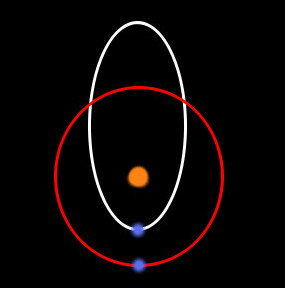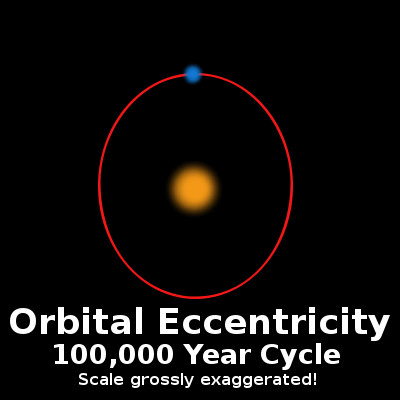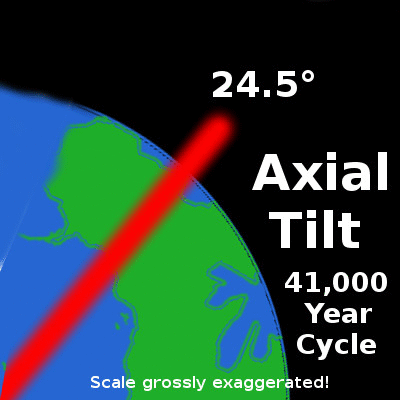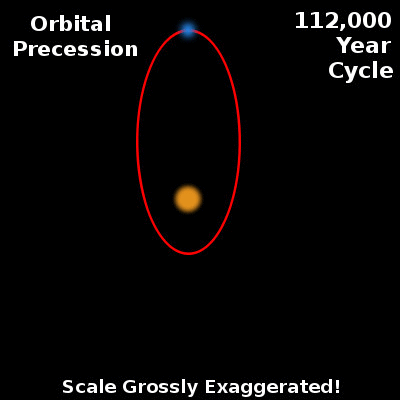
The Great Debate
On television, radio, and in writing, we often hear two political ideologies debating the issue of climate change. One side swears the change is merely a natural cycle and the minuscule impacts of mankind cannot be detected. The other side places all of the responsibility on mankind and our irresponsible burning of fossil fuels in the quest for cheap energy. Often with a lack of credible references, they argue back and forth, their perspectives unwavering. The discussion ends with no real progress being made, and there remains an uncomfortable tension that permeates and divides the world.We are conditioned to process information that has been distilled into an oversimplified format and this can lead to 'tunnel vision'. With arguments it is much easier to favor a straightforward explanation and 'pick a side' than it is to objectively examine both sides and acknowledge the validity that exists throughout. As with most things in life, the answer is neither black nor white, rather an ever-changing shade of gray. Only by honestly examining facts from all perspectives can we make our own conclusions about the reality of climate change.
Natural Cycles
The climate of our planet is unquestionably influenced by several predictable celestial cycles. Some of these cycles are intuitive like the daily rising and setting of the sun caused by the spinning rotation of the earth on it's axis, or the annual changing of the seasons due to the axial tilt and revolution of Earth around the sun. The axial spin and orbital revolution of the earth are not perfect, Showing Earth (blue dot) in an elliptical orbit (white) and a circular orbit (red) around the sun (orange dot).
Showing Earth (blue dot) in an elliptical orbit (white) and a circular orbit (red) around the sun (orange dot). Eccentricity of the Orbit
 Earth's (blue dot) orbit (red ellipse) around the sun (orange dot) as it changes with time
Earth's (blue dot) orbit (red ellipse) around the sun (orange dot) as it changes with timeObliquity of the Axial Tilt
 Minor changes in the tilt of the axis have large impacts on the amount of solar radiation the polar regions receive.
Minor changes in the tilt of the axis have large impacts on the amount of solar radiation the polar regions receive.Precession of the Axis
 Two-dimensional representation of the effects of a circular precession. The pole is tilted ~23 degrees throughout this cycle; when the poles appear to be vertical they are actually tilting toward and away from the screen.
Two-dimensional representation of the effects of a circular precession. The pole is tilted ~23 degrees throughout this cycle; when the poles appear to be vertical they are actually tilting toward and away from the screen.Precession of the Orbit

Incline of Orbit
A final cyclical variation in the orbit of Earth has to do with the plane of orbit around the sun. Milankovitch was unaware of this cycle and did not study it, but like orbital eccentricity it lasts approximately 100,000 years. There is some speculation that the additive effect of these cycles may trigger the onset of global ice ages.Accuracy of Data
The only way that historical climate data can be collected is through a proxy. The two most common proxies used to estimate prior climate conditions are the composition of gas bubbles trapped in ice cores and the intensity of different indicators in an analysis of deep ocean sediment.While a great deal of information can be gleaned by these indicators, their precision is limited in accuracy due to the indirect nature of the measurements. It is impossible to know exactly how rapidly or intensely the climate has changed in the past. Cycles that seem impossibly gradual in human time are rather abrupt in geologic time.
End Part 1
I have elected to break this topic into multiple parts in the interest of encouraging readers to read through the entire article (and for my own convenience). In the next post, we will consider other possible factors in climate change and how they compare to the Milankovitch cycles. Please follow and stay tuned for future elaboration on these concepts!All photos and animations by the author, except the lead photo from Pixabay. See sources and additional reading as embedded links in the article!
External Resources:Milankovitch, M. "Canon of insolation of the earth and its application to the problem of the ice ages." Royal Serbian Academy Press, Cemian (1941): 1-626.

